Conservation and Introduction of Naturally Salt-tolerant Crops in Coastal Provinces
Saline water intrusion into coastal aquifers is a pressing issue worldwide. In 2021, soils affected by saltwater have accounted for over 10 percent of the world’s cultivated land (FAO, 2021). Vietnam is a country with vast marine resources where up to 1.7 million hectares of land are inundated with saline water each year (Van Nguyen & Maeda, 2015). This severe salinization event has had lasting effects on the stability and demographics of coastal agricultural communities, particularly among women, who are disproportionately dependent on agriculture for their employment and livelihoods.
Existing mitigation measures are centered around developing barriers to stop the flow of incoming saline water or manipulating the environment to suit traditional crops, while measures such as coastal groundwater extraction only accelerate the intrusion of seawater. Research that precedes this study has postulated that novel crops with natural traits to tolerate saline waters may be better suited to the ongoing shifting environmental conditions and could be alternative agricultural resources for farmers afflicted by increasing soil and water salinity in coastal areas.
Halophytes are naturally evolved salt-tolerant plants adapted to grow in saline environments. While the yields of most commercial crops decrease as soil salinity levels go over 4.0 dS/m, the growth of some halophytic species may be stimulated with a salinity range of 15-25 dS/m (Rozema et al., 2013). Halophytes can synthesize several bioactive chemicals that play key roles in cell osmotic adjustment and contribute to their adaptation to salinity stress.
With these considerations in mind, the Plant Resources Center (PRC), in collaboration with the USDA-ARS United States Salinity Laboratory (USSL), and Seawater Solutions (SS) implemented a project in coastal provinces of Vietnam from 2021 to 2023. The project was funded by the United States Agency for International Development (USAID), and coordinated by the LASER (Long-term Assistance and Services for Research) PULSE (Partners for University-Led Solutions Engine) program.
The objective of the project was to enhance the productivity of underutilized crops with natural tolerance to high-salinity water, thus enhancing the genetic diversity of crops produced by coastal farmers, and building resilience among agricultural communities against the effects of climate change.
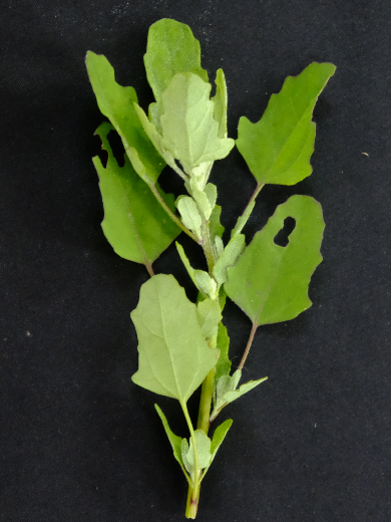

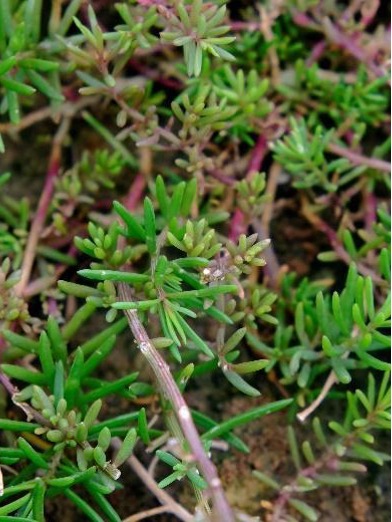
Image 2. Three halophyte species tested for growth and fresh biomass production when irrigated with recycled saline aquaculture water of 18 dS/m (approximately ⅓ of seawater salinity).
Our literature review found that 15 salt-tolerant species may be adapted to Vietnam edaphoclimatic conditions. During our field survey, 11 halophytes were found. Among them 3 species: Chenopodium album L. (Lambs Quarters), Portulaca oleracea L. (Purslane), and Suaeda maritima (L.) Dumort. (Annual Sea-Blite) were collected (Image 2). Two in-situ conservation sites were established. Their seeds were collected for ex-situ conservation and morphological characterization, which included features such as leaf, stem, flower, and seed morphology.
Our preliminary finding revealed that salt-tolerant plants were seasonally exploited by local habitants owing to their cultural familiarity and availability. However, local farmers had neither attempted to cultivate these wild food plants in their home gardens, nor explored alternatives to improve their productivity or nutritional quality.
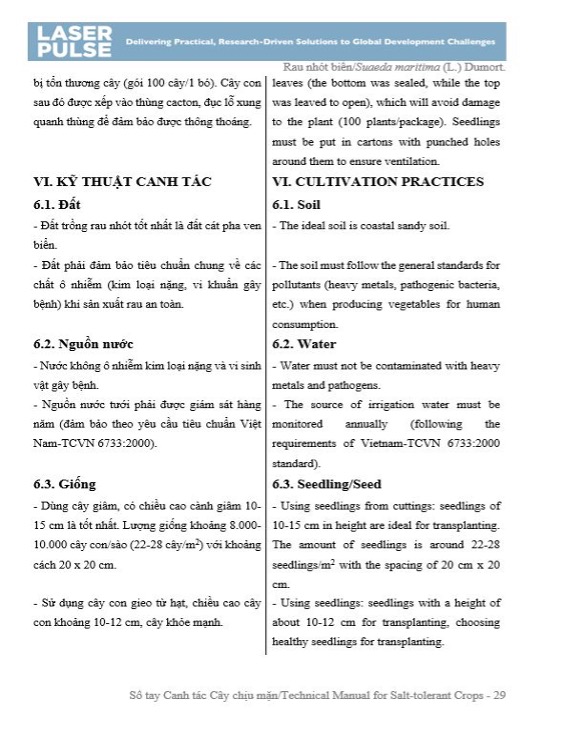
Hence, the research team wrote a Technical Manual of Salt-tolerant Crops (Image 3) that aimed to provide basic knowledge (nutritional value, distribution, etc.), propagation techniques, and cultivation practices to farmers, women’s unions, youth, and local officials through farmer field days. The Technical Manual was based on implementing field trials with both independent farmers and cooperative farms impacted by saline water intrusion and compiling research from scientific journal articles and records from around the world.
Three of the halophyte species produced with recycled aquaculture saline water in Vietnam were analyzed for mineral nutrients, antioxidants, and salts and results are available in the Chemical Analyses Report.
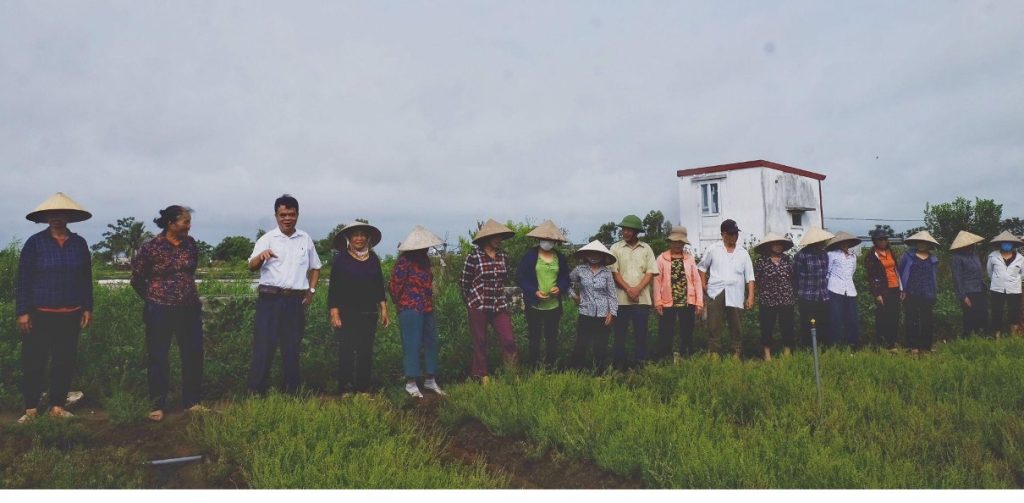
The project organized farmer field days (FFDs), which are on-farm classrooms that help farmers learn and see how farming techniques can be practically used, especially cultivating halophytes. Simultaneously, practical information from agricultural experts, fellow farmers, and research organizations was exchanged to help farmers plan or enhance their farming model. There were more than 300 participants with at least 50% women including, both local and neighboring areas farmers, and local authorities. As a result of the farmer field days, most farmers had mastered the techniques and practices of cultivating salt-tolerant crops that resulted in homogeneous yield, productivity, and quality.
Halophytes are known as wild food and are defined as Neglected and Under-utilized Species (NUS) in Vietnam. That is the reason why both farmers and consumers are unfamiliar with these crops and the market demands for those products are still limited. As a solution, the project organized food fairs with the participation of the growers and local authorities, and organized a Halophyte Cookbook (Image 5). Those were aimed at introducing the new crops while suggesting ways to process them and ensure their nutritive value and flavour.
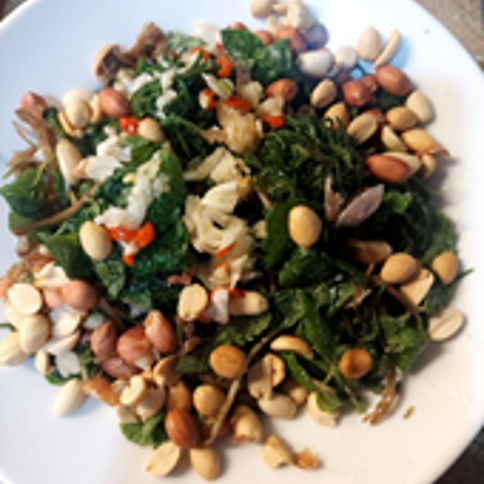
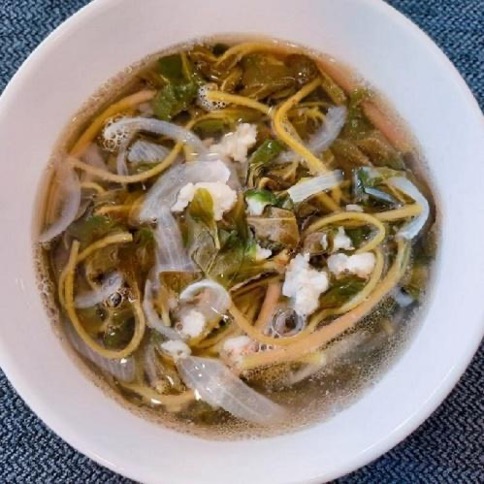
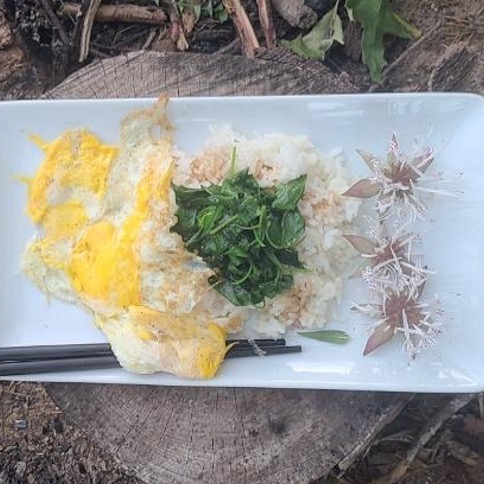
Image 5. Some examples of the many dishes developed by local Vietnamese cooks using halophyte species as their raw material. Their recipes can be found in our Halophyte Cookbook.
Additionally, contracts between cooperative farms and retail outlets were signed for regular sales of halophyte crops and quality certification standard compliant with national regulations was issued with the expectation of generating a stable income for farmers and maintaining the sustainable cultivation of halophytes in coastal provinces.
Although the project has ended, the knowledge generated in the morphological characterization, cultivation, nutritional mineral and antioxidant analyses of halophytes, and their use as fresh local source of vegetables to develop flavorful dishes can be used to develop similar projects in other areas of the world similarly afflicted by salinity. Please visit the LASER PULSE Resource Library to access the Technical Manual, Chemical Analyses Report, and Halophyte Cook Book and contact the partners involved in the project (Plant Resources Center in Vietnam, The USDA-ARS United State Salinity Laboratory (USSL) in California, or Seawater Solutions in Scotland) through the LASER PULSE Project page for more information. Any suggestion the reader may have to improve our newly-released materials will be welcomed.
References
FAO. (2021). Global map of salt-affected soils. Rome, Italy, Food and Agriculture Organization of the United Nations (FAO). https://www.fao.org/3/cb7247en/cb7247en.pdf
Rozema, J. and H. Schat (2013). “Salt tolerance of halophytes, research questions reviewed in the perspective of saline agriculture.” Environmental Experimental Botany 92: 83-95.
Van Nguyen, H., & Maeda, M. (2015). Nutrient mass balances in intensive shrimp ponds with a sludge removal regime: A case study in the Tam Giang Lagoon, central Vietnam. Journal of Agricultural Science and Technology A & B & Hue University Journal of Science, 5, 539-548.

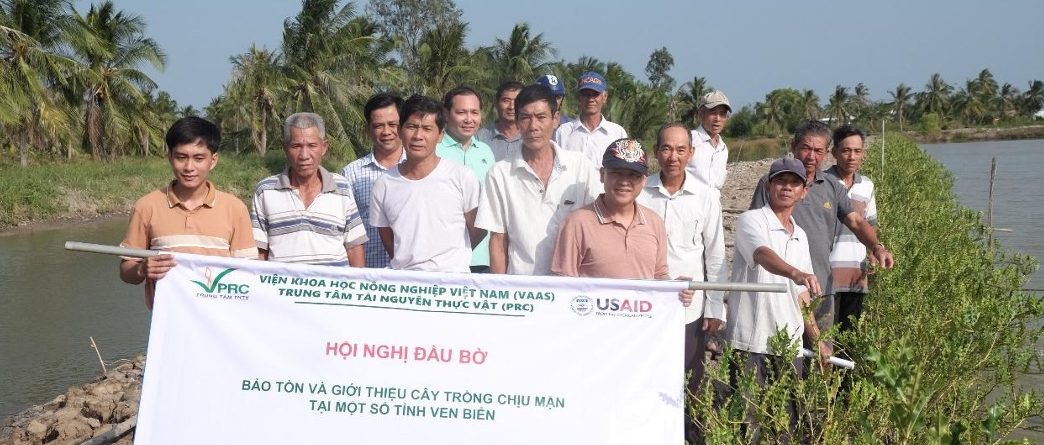
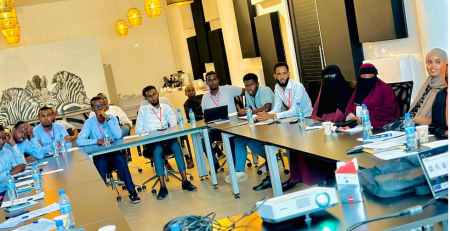
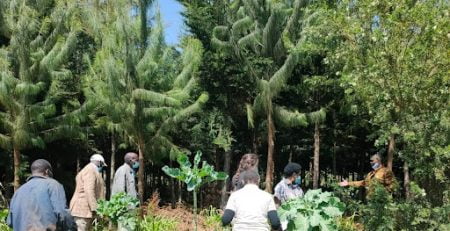
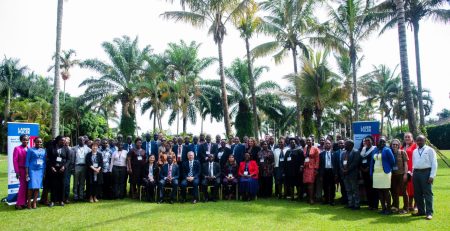




Leave a Reply
You must be logged in to post a comment.